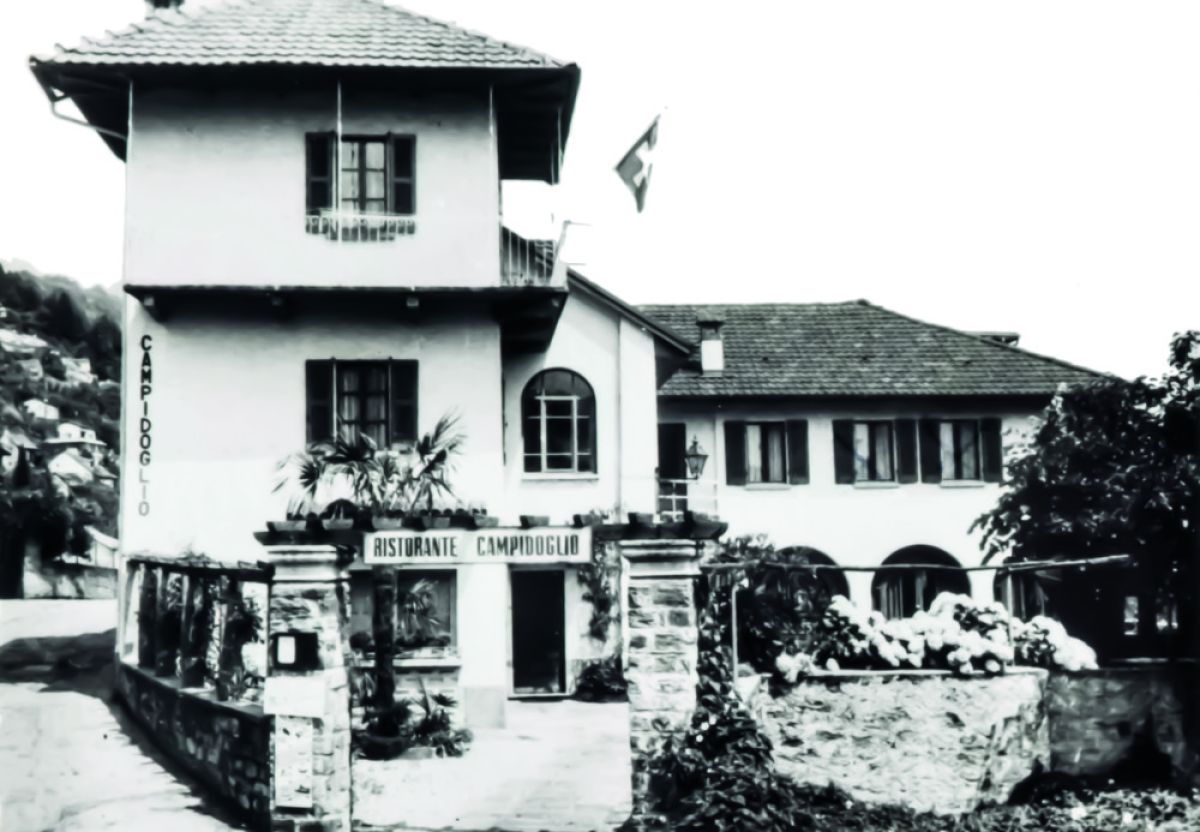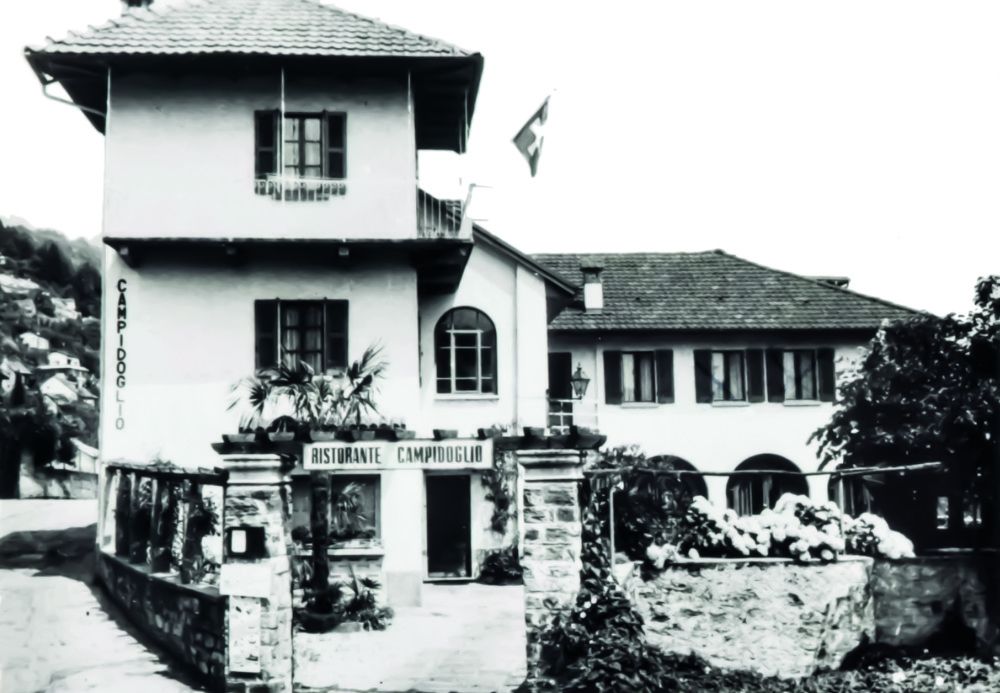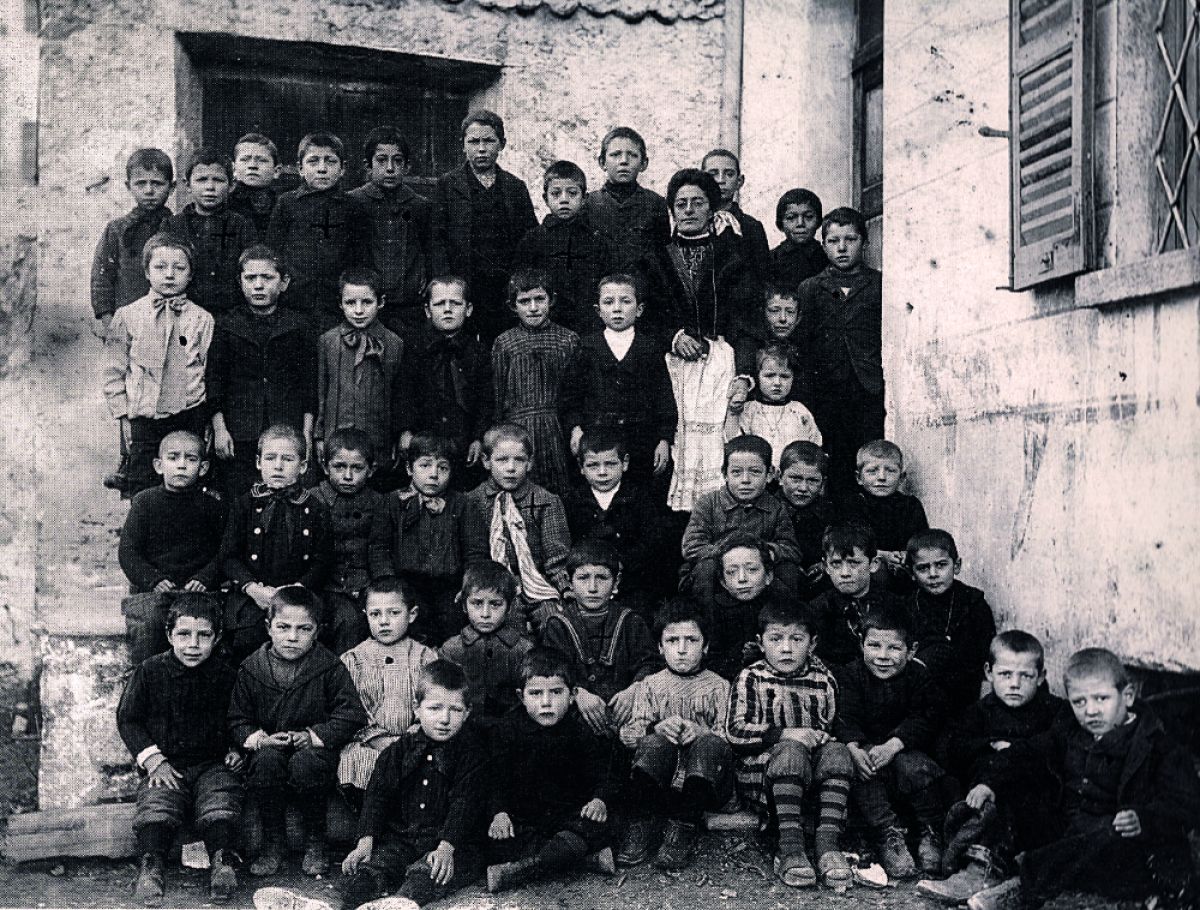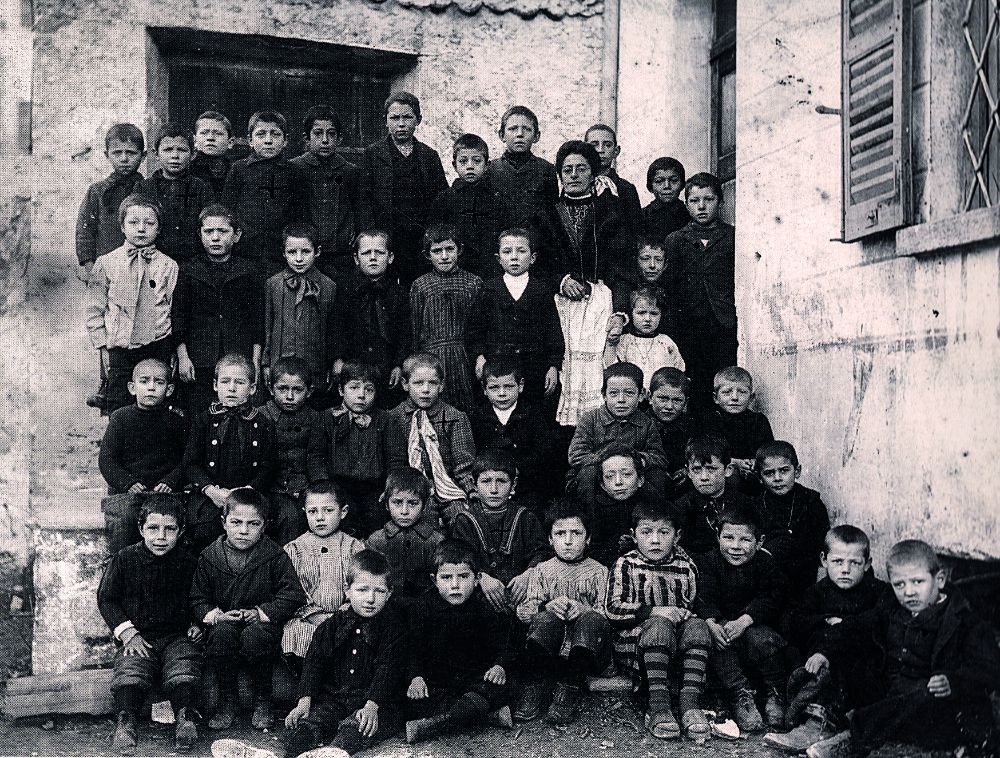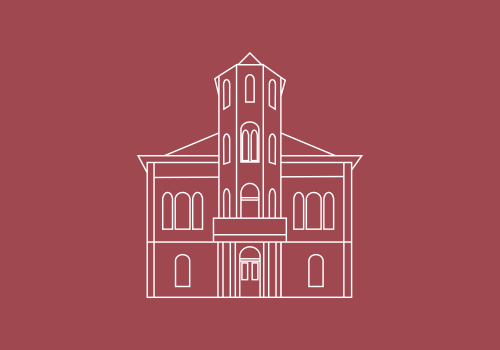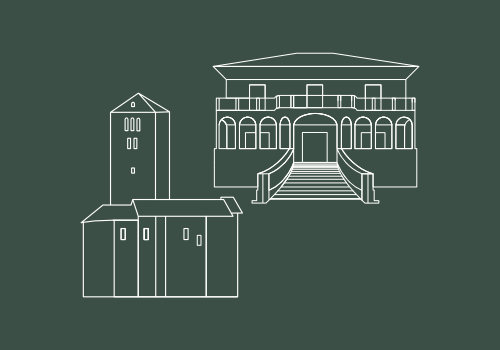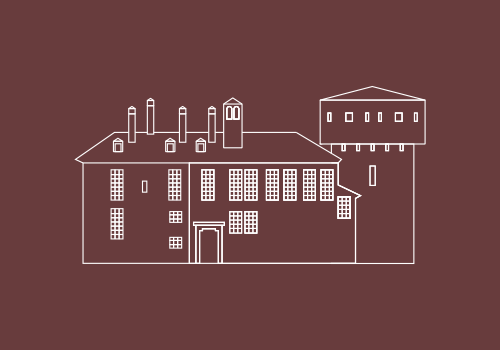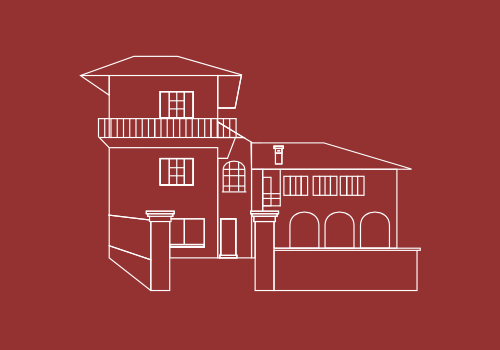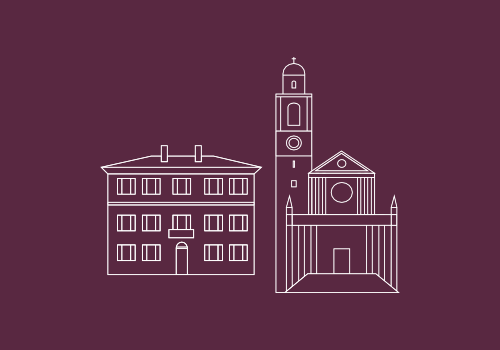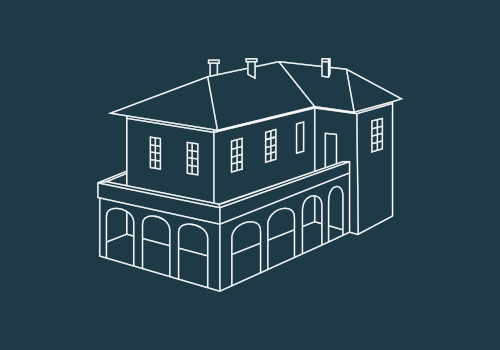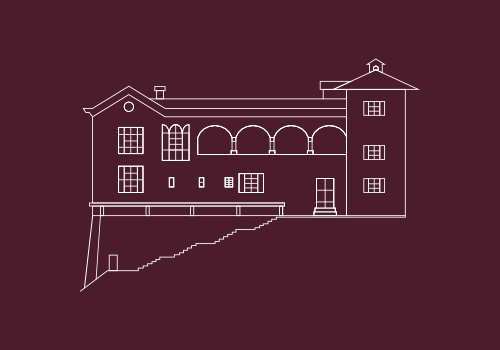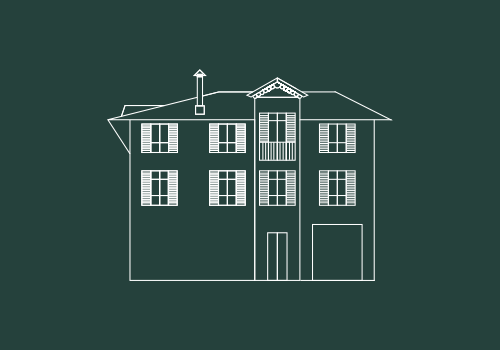Campidoglio

In Cadogno there is the primary school and the Campidoglio park. The park was officially opened in 2017 and contains allotments rented out to citizens by the municipality. The Campidoglio with its bistro restaurant was a popular spot for decades. The origins of the name Campidoglio are not entirely clear: it may have been introduced by an emigrant returning from Rome or could be related to ‘l’Ocheta’, a local resident who earned their nickname for their squawking voice which resembled the Campidoglio geese.
Class picture, Minusio, 1913
Minusio’s first school was opened in 1835 in the rectory. It was initially only open to boys, but later also began admitting girls for a higher fee: 2 lire for boys and 10 for girls. In 1854, the school moved to the town hall in the square with four sections, each of 40 pupils. Due to the rising number of pupils, the municipal school of Cadogno was then built between 1937 and 1939.

Grapevine (Vitis vinifera)
In Cadogno, agriculture and the cultivation of vineyards prevailed since pre-Roman times, traces of which can still be found in the street directory and in the rare undeveloped land. Maple trees (rump), planted in rows, were used to support it. This technique allowed the use of the land for hay and crops along the rows (i foss). The Bondola grape variety was predominantly grown, but from 1897 onwards, in order to combat phylloxera, firstly the Americana took over and then the Merlot, a variety of noble origin, which was grafted onto the base of the Americana vines. In the Campidoglio park, Stefano Haldemann, a winemaker from Minusio, planted rare grape varieties, leaving a significant historical legacy still used for educational trails.

